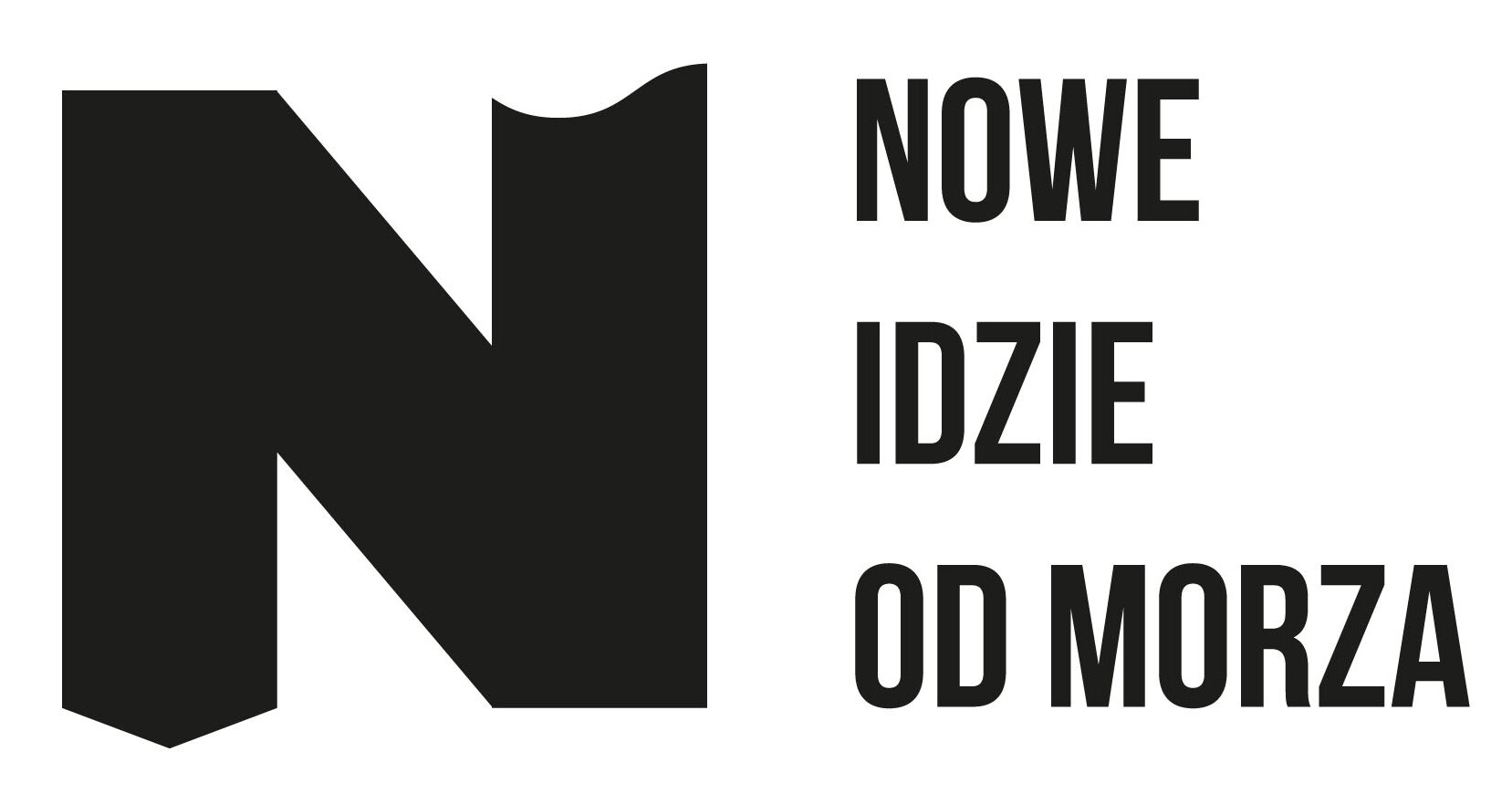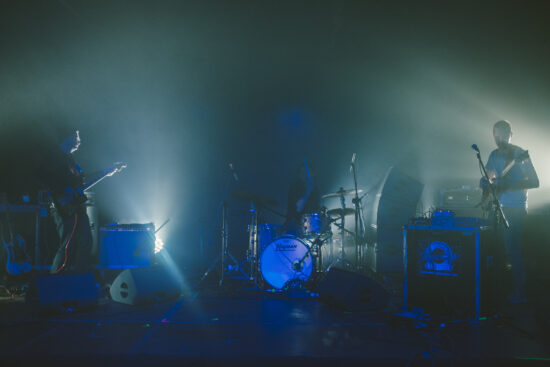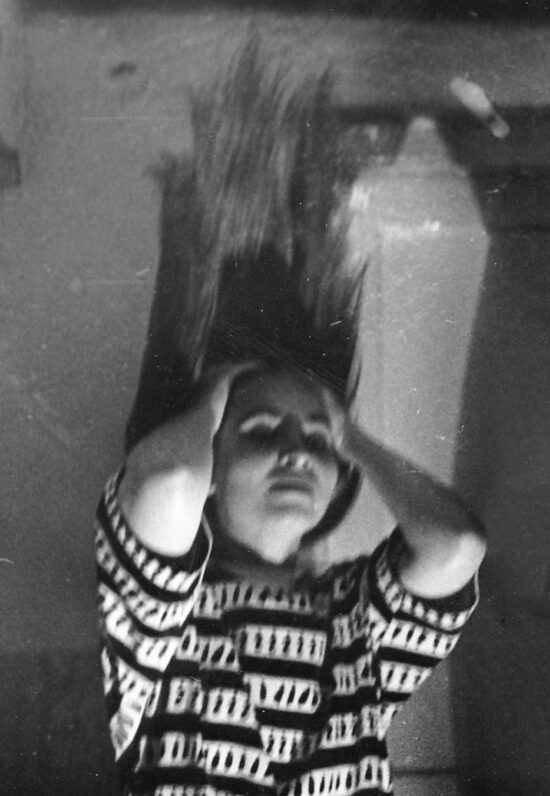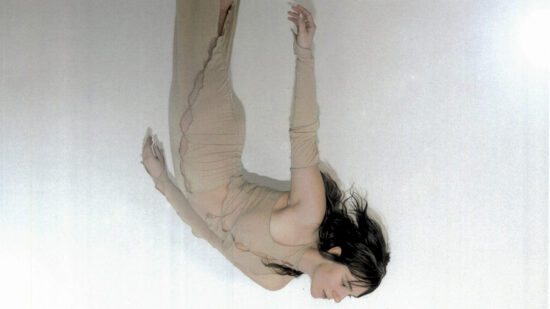Two brilliant records that combine the saxophone and drone music: Lea Bertucci generates reverberating pieces by playing in a huge grain elevator, while Julius Gabriel uses added effects to create his narcotic musical visions.
Translation: Aleksandra Szkudłapska
The saxophone has been the source of intriguing music for generations, and there’s a whole array of artists who keep reminding us about it: from the likes of Derek Bailey, Pharaoh Sanders, Dickie Landry (“Kitchen solos”!) to such contemporary musicians as Colin Stetson (the sheer amazement that is “Judges”) or Andrew Bernstein. The sax is capable of being used within a very broad sound palette, from spiritual improvisations to minimalist loops. The young generation of musicians approach this instrument, its complex techniques and the sonic space around it with increasing openness and new ideas. Both Lea Bertucci and Julius Gabriel have recently released new albums presenting a more modern take at the saxophone sound, but also reducing it to a drone, monotonous dimension.
Bertucci, who hails from New York, recorded her previous album, Metal Aether, across several locations. To create this year’s record, Resonant Field, she went into a grain elevator in Silo City, Buffalo, which is characterized by a 12-second reverb. This is not a 1:1 recording, though, as some of the tracks were added in post-production, intriguingly enriching the material. Bertucci radicalizes the saxophone sound, which becomes more and more resonant and distant from its traditional character. In the opening, growing “Wind Piece”, she evocatively, yet briefly leads her saxophone through the space, ultimately backing it with Robbie Lee’s flute. This is no longer the vibrating “Pattern for Alto” from her previous album, but a monumental, long, monotonous, drone-like stretch of the instrument’s sonic potential. This multi-layered feel is only enhanced in “Warp and Weft” – the saxophone is accompanied by a brilliantly composed five-string bass part played by James Ilgenfritz (who also appears on two subsequent tracks), after which come the field recordings: rustling and noise-like, they add nuance to the monotony, at the same time enhancing the overall structure. Bertucci breaks away with the instrument’s polyphony to focus on its microtonality and rhythmical phenomenon, which she tries to emphasize through reverb. In the title piece, she generates individual phrases accompanied by kettledrums (recorded by Tigue), rustles and effects added during post-production. This is in fact a piece of sound-art, a site-specific work that interacts with the space and keeps broadening the saxophone’s potential. While the sound itself is reduced – the light, yet monumental drones are intriguingly sparse – the architectural feedback thus collected really brings fruit.
When I think of Julius Gabriel, the words “psychedelic saxophonist” inevitably come to mind. He transposes his instrument through effects, which is why the sound has both a drone-like and dreamy, oneiric quality. He starts with delicate, slender phrases, only to enter the drone path, with his tenor sax already sounding dark and gloomy. The title, ÆTHERHALLEN, brings to mind associations with Bertucci’s previous – and latest – records, the ‘-hallen’ referring both to resounding, dispersing qualities as well as halls, spaces. The German musician plays with the ether, with the resonance, but he creates both using distortions and effects added to the instrument. We have reverb here too: an artificial one serving an entirely different purpose. The music gradually gets denser, which comes across brilliantly on “Purple Skies”, when the atmosphere becomes more and more imposing, and the music becomes looped with saxophone phrases in the foreground. The dark, trance-like “White Temples”, on the other hand, draw you into an abyss, a sonic black hole generated by the instrument that stretches without end in sight. Gabriel presents a psych take at the saxophone. This is a narcotic, musical vision, an acid sonic world full of diversified sound qualities produced by the instrument. At the same time, there is a lot of space here, which the musician really takes for his own, creating a dense sonic tissue with a minimalist, yet absorbing dramatism. While Bertucci’s album was dominated by lightness, here we are faced with an invisible burden that eludes words, a genuine force lurking beneath the surface.
Lea Bertucci, Resonant Field, NNA Tapes
Julius Gabriel, ÆTHERHALLEN, Lovers & Lollypops




